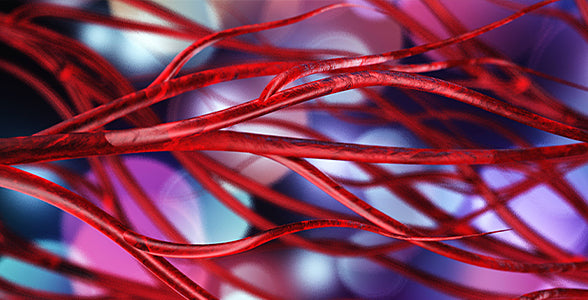That is great. Thank you.
If you have anything related to Albert Szent-Györgyi as well, that would be great too!
He mentions iodine a bit in his book Bioenergetics, but as far as specific substances go, he was far more interested in the quinones...
When I was a medical student, iodine in the form of KI was the universal medicine. Nobody knew what it did, but it did something and did something good. We students used to sum up the situation in this little rhyme: ‘If ye don’t know where, what, and why, prescribe ye then K and I.’ Our medical predecessors, possessing very few and crude instruments only, had to make use of two given by nature (the use of which has since gone out of fashion): eyes and brains. They were keen observers and the universal application of iodide might have been not without foundation.
Last edited:

